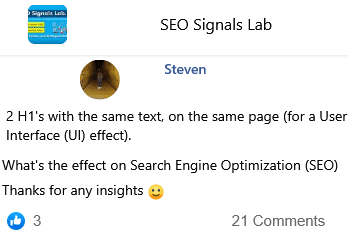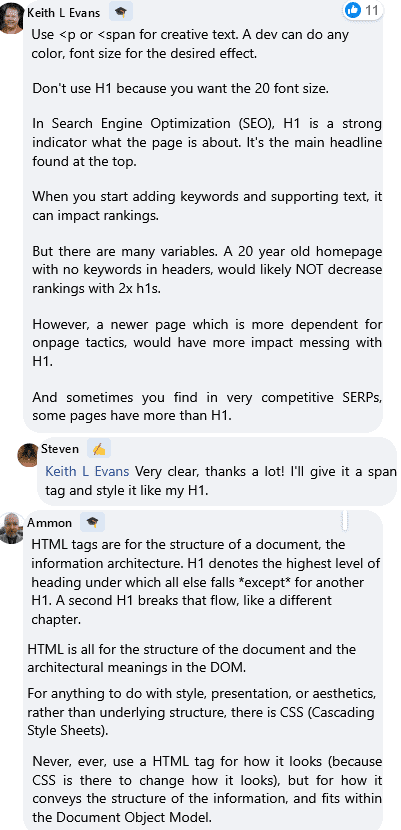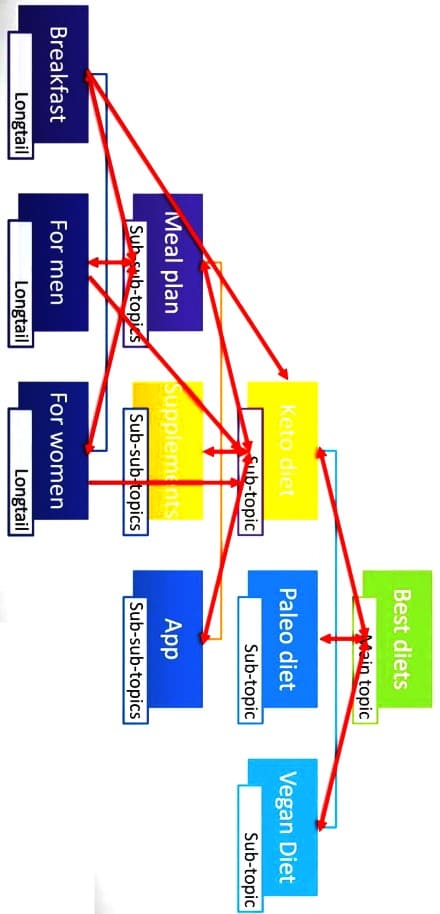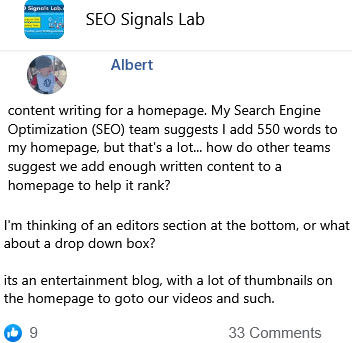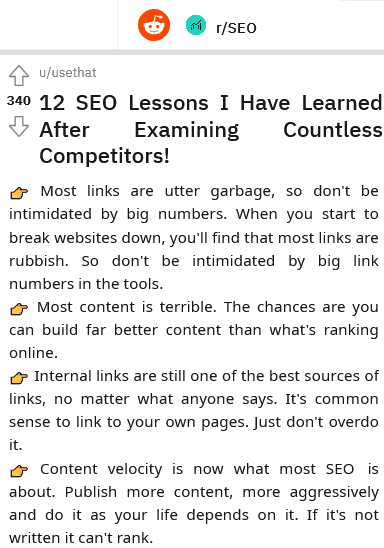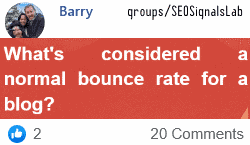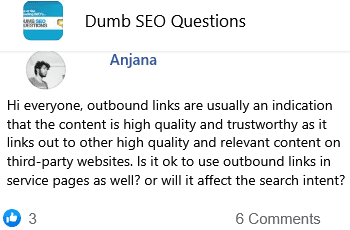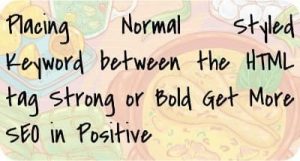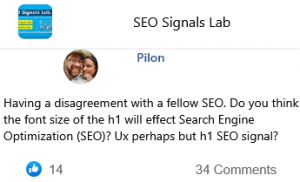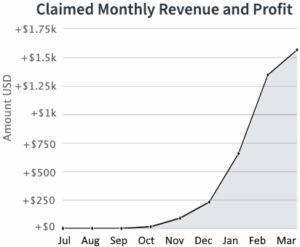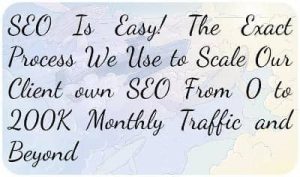2 H1's with the same text, on the same page (for a User Interface (UI) effect).
What's the effect on Search Engine Optimization (SEO)
Thanks for any insights 🙂
3 👍🏽21 💬🗨
📰👈
Use <p or <span for creative text. A dev can do any color, font size for the desired effect.
Don't use H1 because you want the 20 font size.
In Search Engine Optimization (SEO), H1 is a strong indicator what the page is about. It's the main headline found at the top.
When you start adding keywords and supporting text, it can impact rankings.
But there are many variables. A 20 year old homepage with no keywords in headers, would likely NOT decrease rankings with 2x h1s.
However, a newer page which is more dependent for onpage tactics, would have more impact messing with H1.
And sometimes you find in very competitive SERPs, some pages have more than H1.
👍🏽11
Very clear, thanks a lot! I'll give it a span tag and style it like my H1.
Ammon 🎓
HTML tags are for the structure of a document, the information architecture. H1 denotes the highest level of heading under which all else falls *except* for another H1. A second H1 breaks that flow, like a different chapter.
HTML is all for the structure of the document and the architectural meanings in the DOM.
For anything to do with style, presentation, or aesthetics, rather than underlying structure, there is CSS (Cascading Style Sheets).
Never, ever, use a HTML tag for how it looks (because CSS is there to change how it looks), but for how it conveys the structure of the information, and fits within the Document Object Model.
📰👈
Gordon
A book can't have 2 titles. Neither can an article.
H1 holds the title of the page (not technically the meta title tag, but for a human it is the main heading), so having more than one is confusing for humans and reads badly for computers.
It's bad practice and may hurt your rankings.
There's nothing in the specification of HTML at all that ever forbade having more than one H1, and it was certainly not ever assumed to be, recommended to be, or said to be a Title element (which is an actual thing).
If one were to have a one-page website, and wanted to clearly segment that document into chapters or segments, then using multiple H1 tags would be an ideal way to do exactly that.
The only reason multiple H1s are generally not a good idea is simply that having more than one high-level focus for a page is generally not a good idea.
The H in a H tag simply means 'Heading' and the number is the tier or indent level. Like if you were to do a table of contents as a list, the H1 would be the un-indented item, while H2 would be indented one level under the preceding H1 (and invalid without a preceding H1), would be equal but under a preceding H2. A H3 would be 1 step indented from a preceding H2, and thus two steps of indentation from the closest H1. And so forth.
H1
– H2
– H2
– – H3
– – H3
– H2
Soum » Ammon
I have seen some top companies with good money in their reserves using weird hierarchy. Like Jarvis.ai uses H1
H2
H6
H6
H2
Did they hire wrong SEO gurus or is it okay?
Truslow 🎓 » Soum
John Mueller has said on several occasions that Google is smart enough to figure it out and it won't really hurt ranking if you don't use them right. That doesn't make it correct – it just means that Google can figure some things out even if they're being done outside of the standards/recommendations.
What he doesn't speak to is whether or not those technically incorrect signals – when combined with other incorrect signals, maybe – send their own kind of signal that might have some sort of effect on things.
Ammon 🎓 » Truslow
Google reps have also repeatedly and consistently over the years said that Google doesn't much care about HTML standards, and certainly isn't there to enforce them, so long as they can render a page.
Soum this speaks directly to what you asked. Those companies have terrible HTML and clearly devs that don't understand CSS properly. A H6 that doesn't have a H5 preceding it to be subservient to is just really stupid coding from someone who never understood HTML. An amateur.
But it won't affect their rankings. It is just extremely unlikely that Google will weigh those H6s any way differently to how they'd have weighed bolded or italic text – simply noting that *something* was added to the code to make these words stand out.
One thing that was repeated in many tests, way back, was people putting large amounts of text, even whole paragraphs, into H tags hoping it would make their text more powerful, give it more 'strength' for rankings. It didn't and never would. Simply put, when you try to make lots of things stand out, be more noticeable, they cancel each other. Instead of having a focal point, you get a mess that has no clear central focus.
When everything tries to stand out, nothing stands out from the cacophony.
Gordon » Ammon
If you read what I wrote you'll see that I am well aware that a title tag is an actual thing, which is why I specifically differentiated the idea of concept from the tag.
You are correct regarding the lack of html standardization of a single H1, yet I think that there are many things that are correct in terms of official standard, yet create a less than optimal outcome in terms of readability.
Yes, if you were to put a full book with all its chapters on a single page, then multiple H1s would be a good way to denote chapters, but then you would need some kind of super-H1 for the book title if you want it to appear on that page as well.
And there may be different "right" answers.
That said, most of us here do not publish books on a one page website, but rather articles, so we can debate or versions of rightness for the hypothetical rare case, or discuss the practical common practice.
Do you believe that it would be good practice to place multiple H1s in a single article?
Ammon 🎓 » Gordon
Wasn't that clear in the paragraph:
"The only reason multiple H1s are generally not a good idea is simply that having more than one high-level focus for a page is generally not a good idea."?
Not a good idea seemed pretty clear to me.
Gordon » Ammon
You're right 🙂
I guess I lost the clarity on the rest of your message. Thanks for clarifying.
Roger
The question is specific to the effect for Search Engine Optimization (SEO). The answer is that there is no difference in SEO, neither better or worse. If you want to use H1s all the way through your document then go ahead. It makes no difference.
Google treats an H1 the same as it treats and H2 or H3. They're all the same to Google and it doesn't matter which one you use.
I am a stickler for using Headings in a way that is nested and creates a meaningful hierarchy and I encourage people to use headings that way.
But the reality is that it doesn't matter for Google and probably doesn't matter for Bing.
Before anyone gets out their pitchforks to condemn Google, that's a pragmatic choice by the search engines driven by the reality that there is a widespread misuse of headings for styling purposes. It's a practical matter.
Mueller explains how Google uses headings here:https://www.searchenginejournal.com/heading-tags-for-SEO/341817/
Google Explains How to Use Headings for SEO
📰👈
My Client wanted to Hide all H1 Tags for Better UX because they are Ugly S?He Felt
Does Font Size of the H1 Header-1 Affect Search Engine Optimization SEO?
